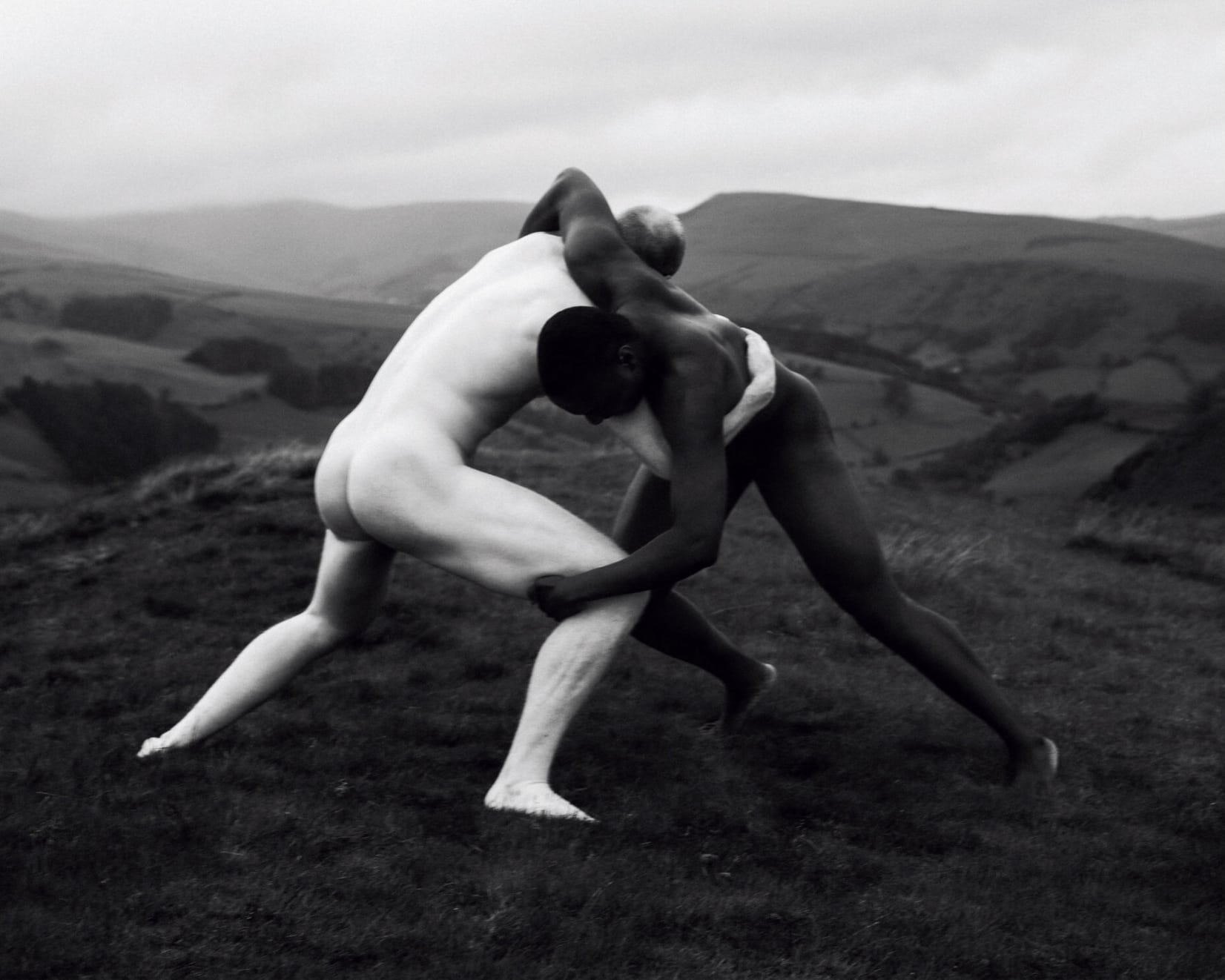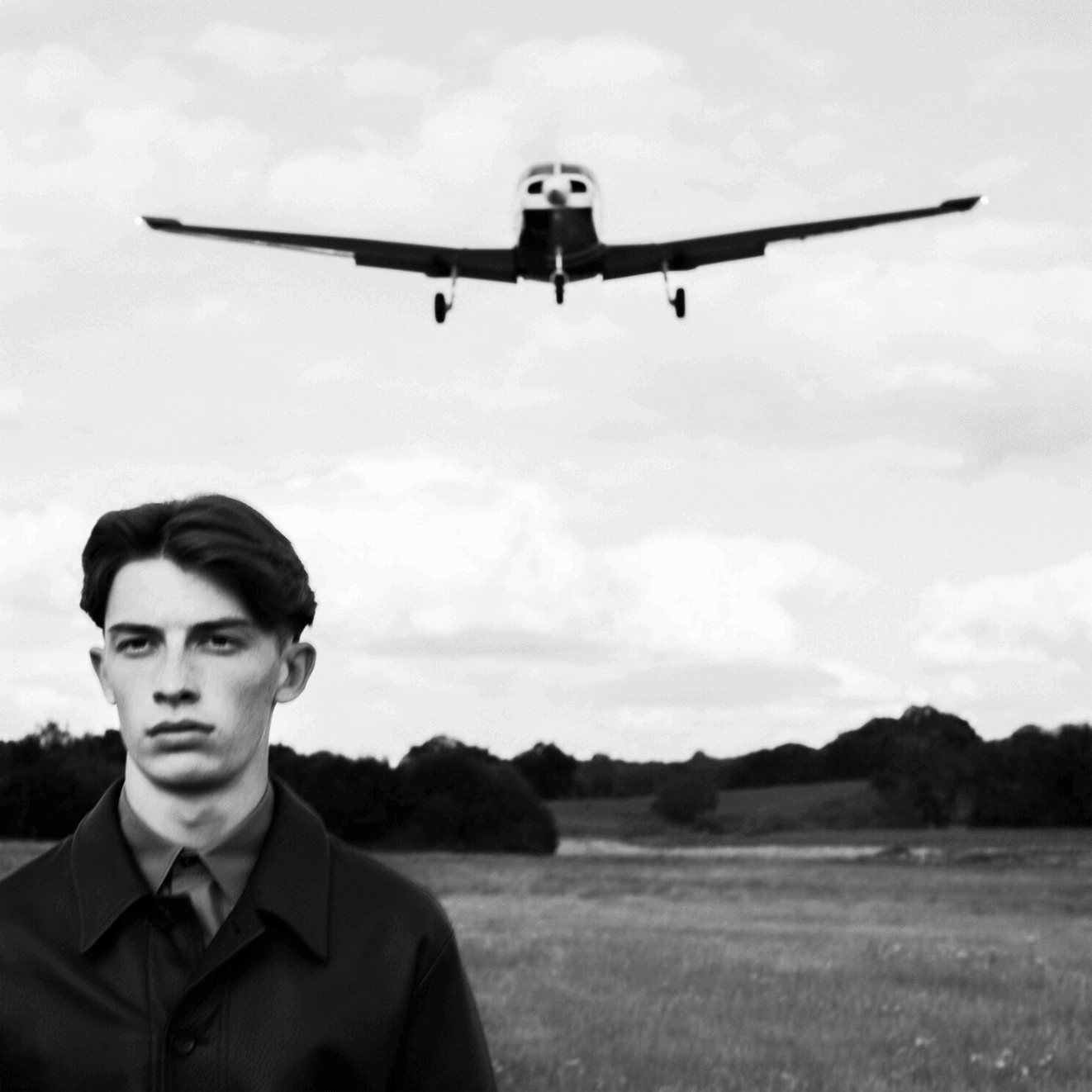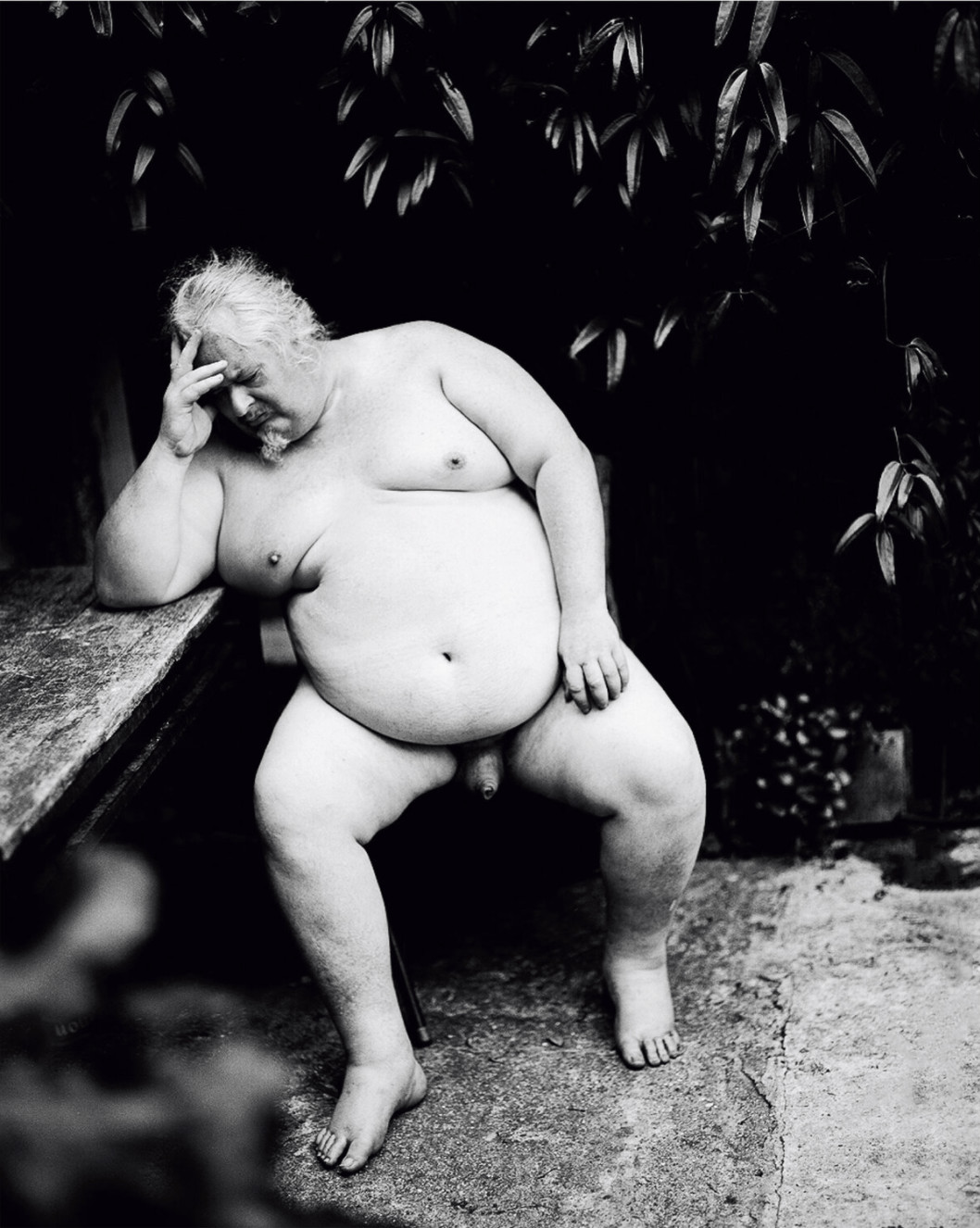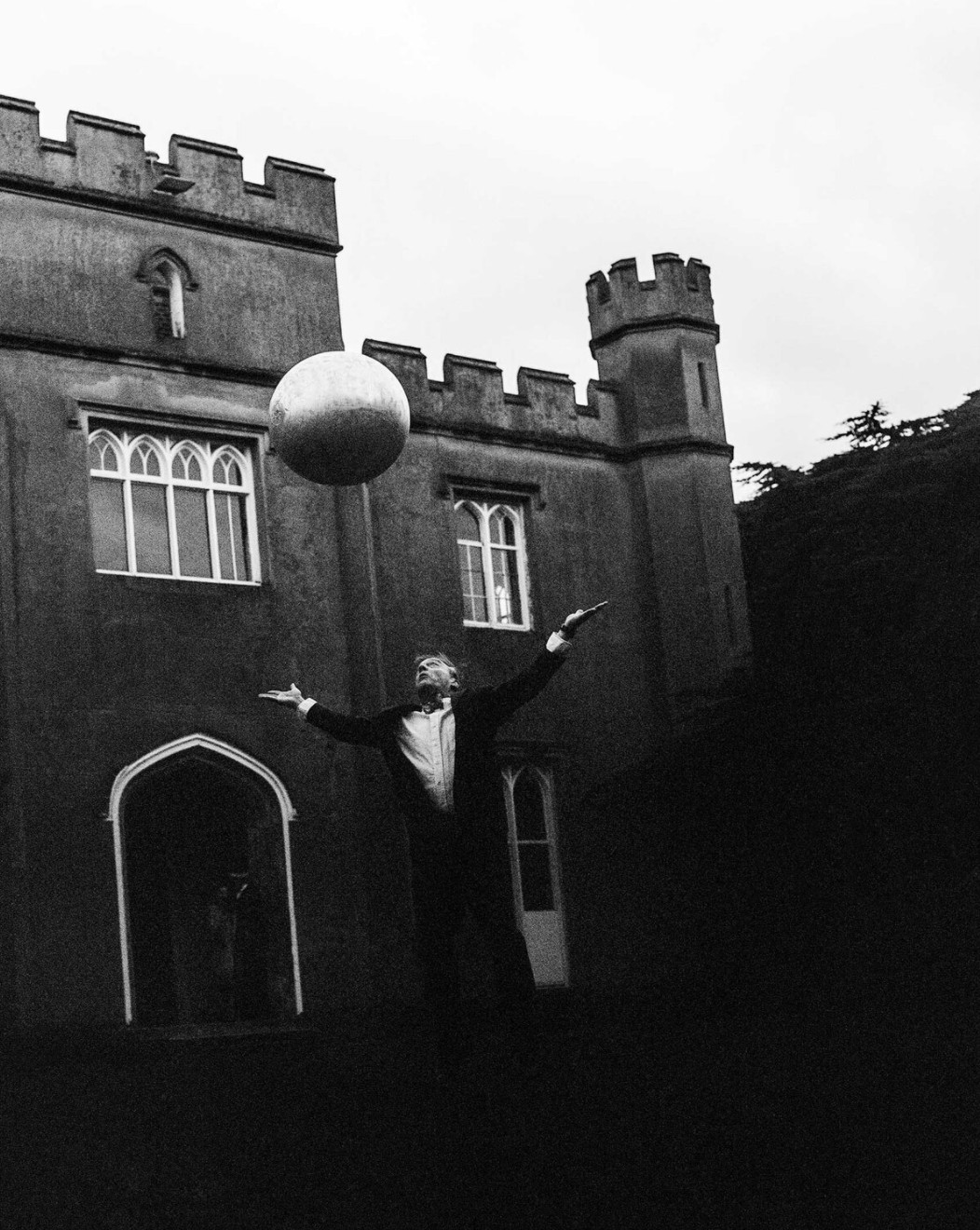
In this wide-ranging interview, Esme O’Keeffe speaks to British photographer William Waterworth

Hugo and Lily
New Forest, 2019
Will Waterworth had always hoped to become a photographer. “There was nothing else to do,” he says. But Waterworth’s humility and laid-back manner belie a creative gift – only 24, he has had work shown at the Tate Modern, shot for the likes of Vogue, and worked with the Swiss photographer Michel Comte.
After school, where he became a bit “obsessed” with photography, Waterworth spent a year studying in Paris. “The light is good out there, and I love all the French photographers”.
Could he ever see himself living and working in Paris again? An exclamation of “Oui.” But is it London that really captures Waterworth’s imagination? “I wanted to come back to England because that’s where all the true eccentrics are”.
Wales, 2020
In Paris, there is a certain uniformity and expectation to conform; I point out this might be a hangover from the post-Revolutionary period in France, when originality and difference were viewed as sources of social disorder. “You feel it when you walk down the street [in Paris], they have a real look at you”.
London is freer and more tolerant of different identities, making it fertile ground for a street photographer: “I don’t feel it’s like that anywhere else in the world, I think [that freedom] is a real English thing. It’s probably why all the best photographers at the moment are English”.
Some of Waterworth’s most powerful works are his nudes and black-and-white portraits, where the influence of photographers like Henri Cartier-Bresson, John Deakin and Deborah Turbeville are felt. But while some of his models are classically beautiful – in the manner of an Adonis or a pre-Raphaelite heroine – these are in the minority.

Boy with Plane
London, 2020
For the most part, we see people of varying shape, size and age, bodies ravaged by ill health or surgery, older women with leathery skin and wisdom etched in their faces.
Waterworth is keen to stress that his pictures are “a celebration of the outsider and the outcast in society, which is something that is too often overlooked. As a society, our perceptions of beauty are quite obvious, and I think we need to change that, to consider different kinds of beauty and to celebrate these too”.
His hope that “the pictures speak for themselves” is realised: certainly, through Waterworth’s lens, these characters have a dignity and ‘beauty’ of their own. There is an unsettling grace about many of his portraits, with boundaries sometimes quite literally blurred. Figures in period attire stare stonily at the viewer. Gender is immaterial, as is time.
Wales, 2020
Where does he come across these people? “At parties, on tubes and trains, from life, everywhere, they’re all about. They tend to have a lot of style. I meet them on the street, go back to their homes, get friendly with them, and photograph them over a period of time.”
It is testament to Waterworth’s affable, easy manner that a close relationship often develops. I comment that he must meet some very interesting characters. “We all do,” he says. And do the pictures tell us more about his subjects, or Waterworth himself?
“Probably it’s more about the photographer than the subject. What did Richard Avedon say…? That ‘my portraits are more about me than they are about the people I photograph’”.

Mr Gruffudd
London, 2020
The pandemic has posed a major obstacle to Waterworth’s manner of working. The effect of lockdowns has been huge. “I take a lot from life and it’s not been easy. Life in cities sets you off but there is nothing to respond to at the moment. It’s pretty sad out there: I went walking round London the other night and you could hear a pin drop. All the spontaneity has gone out of the window”.
Spontaneity is a word that comes up time and again with Waterworth. When shooting for a magazine, he will sketch some scenes out, “but it’s never how you imagine it to be. And you never know with the models: sometimes before the shoot starts you think one will be really good, but it turns out to be the other one…It’s like life, you have to see how it all pans out”.
Some of Waterworth’s images appear quite stylised, such as a contrapposto nude leaning against a splintered tree trunk, but he insists that it comes to him in the moment. That instinct is a fundamental element in his work: “If it’s too premeditated I think it can lose something. There has to be a little accident in everything. I believe that’s where the magic is made.”
Paris, 2020
Is shooting in black-and-white a part of this? “Yeah, I sometimes find that if you stage your work you can plan the colour more, but it can be harder to be spontaneous in colour.” The openness and generosity of spirit which come over in his treatment of his subjects are apparent when he proceeds to ask me what I think about his use of black-and-white.
He welcomes my suggestion that colour might distract from the form and composition of his pictures or dilute the intensity of the image. But Waterworth concludes that “you just can’t imagine a Cartier-Bresson in colour, can you?”.
With opportunities for photography limited, Waterworth has turned his attention to his native Shropshire. In the hills there is a quality that you can’t recreate in the studio. “There’s been a lot of landscapes, and of course a few nudes, but we struggle a bit when the winter comes in [he laughs]…I guess there’s a lot of power in the weather isn’t there?”

Untitled
Wales, 2020
It brings to mind one of Waterworth’s most striking images: on a bleak hillside, a black man and a white man are locked in combat.
Shot in black-and-white, it was inspired in part by the Black Lives Matter protests in London in June 2020, but also by the 1880s series ‘Motion Study (Men Wrestling)’ by the British photographer Eadweard Muybridge – a reminder that Waterworth combines a rare talent with an academic knowledge of his field.
So what’s next for the young British photographer? “I read an amazing book by Werner Herzog, Of Walking In Ice, and visually I can imagine it being a beautiful photobook, so I’d quite like to do that”.
Wales, 2019
With street photography on pause for now, Waterworth has turned his focus to indie fashion magazines (“work is tough but I won’t be defeatist”).
A series of eerie and contemplative self-isolation photographs recently appeared in LOVE magazine, there is something in the pipeline for AnOther, and he has just shot “a big one for the [Paris-born] magazine Carcy, based on the Beat Hotel, which has some beautiful pictures, very surreal and slightly dark…”.

Bauhaus
London, 2020
As soon as things open up he hopes to take off for several months: “everyone’s going to want to catch up on life pretty hard after this.” Meanwhile, with his quirky eye and poetic sensitivity to the human condition, Waterworth continues to capture people in all their weirdness and wonder.
“And that’s me,” he says as we part, “my short story, sweet story”. Waterworth’s star is rising, and he is one to watch.




